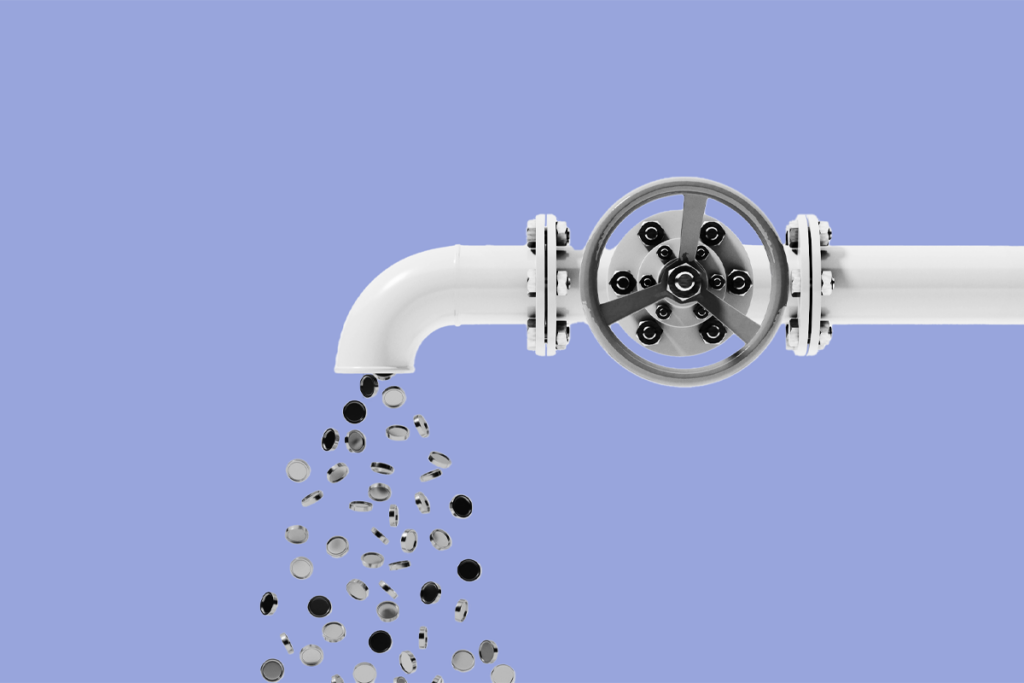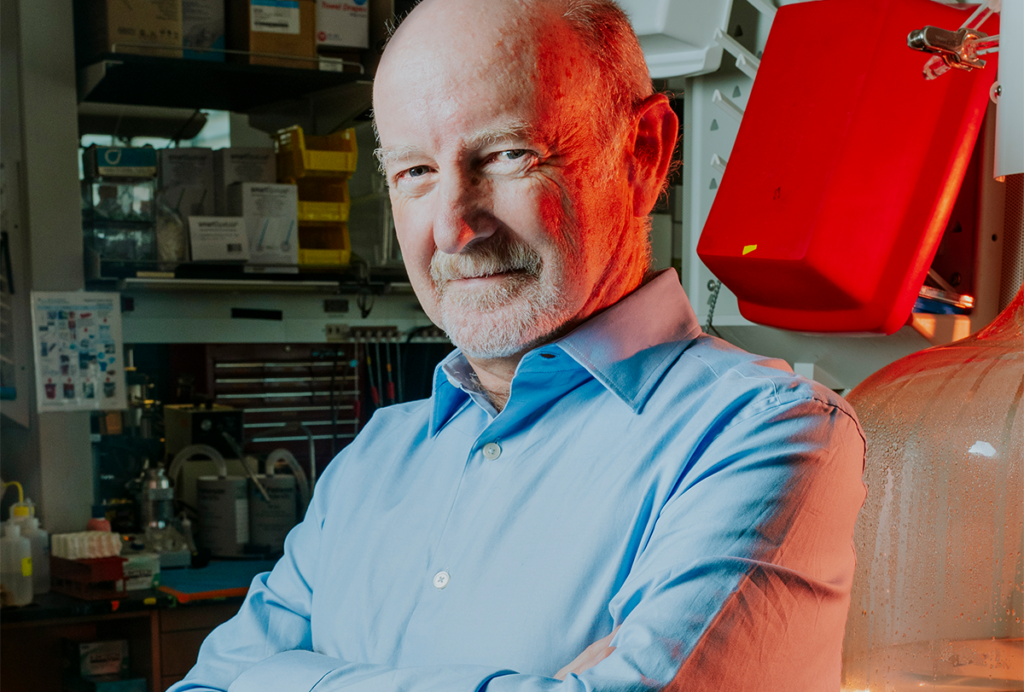Ultrasound exposure; maternal age; ‘special’ interests and more
Autism is not associated with ultrasound frequency or duration, maternal age and education affect autism odds, and people on the spectrum benefit from their ‘special interests.’
- Autism is not associated with the frequency or duration of prenatal exposure to ultrasound, according to a study published 12 February in JAMA Pediatrics. The researchers found that children with autism in the study had been exposed to fewer ultrasounds and for shorter periods in the womb than had typical children or those with developmental delays.
Doctors tended to perform deeper ultrasound exams in the autism group than in the controls. The researchers say that higher rates of obesity in mothers of children with autism might be a factor in this finding, because having more body fat necessitates deeper ultrasound-wave penetration to image the womb.
An accompanying editorial says that the findings are “overall consistent” with other reports suggesting that ultrasound is not a “single causal factor” in autism. Several outlets have cited experts who are critical of the paper’s methods and findings.
- Children born to mothers over age 40 have an increased autism risk, according to results published 6 February in Maternal and Child Health Journal. The mother’s education level is also tied to a child’s autism status, but in complex ways: Lower education is linked to greater odds of a positive autism screening result, but higher maternal education is tied to a child being diagnosed with autism.
- Although ‘special’ interests are a key feature of people with autism, the interests that adults on the spectrum cite as most dear to them look fairly common. Their fascinations include music, nature, gardening and — like readers of “Spotted” — autism, according to findings published 10 February in Autism Research.
The ability to pursue their interests benefits people on the spectrum, the researchers say, by boosting their satisfaction with social contacts and leisure time, for example. But having a “very high intensity” in pursuing special interests is tied to reduced well-being, the results suggest.
- The National Autistic Society in the United Kingdom has come under fire after revelations that staff abused residents in one of its care homes. Residents endured abuse and ridicule that included being force-fed noxious foods and being pressured to pay for staff meals on outings, according to a report 8 February in The Telegraph. The home was shut down in 2016.
- Like some autism researchers, investigators at the U.S. Food and Drug Administration rely on monkeys as their closest-to-human animal models. An animal rights activist who pushed the agency to shut down an addiction study after four monkeys died has set his sights on other federally funded studies involving non-human animals, STAT reported 8 February.
- The National Science Foundation has announced that institutions must report findings of harassment involving investigators who receive foundation funding. A funding suspension is among the consequences for grantees who have committed harassment, the agency said in an 8 February notice. Institutions also must report when grant recipients are placed on leave for a harassment investigation.
- The ability to control brain cells using blue light — a technique known as optogenetics — has become a useful tool for autism researchers. Investigators injected mouse brains with nanoparticles that can capture infrared light from outside the brain and convert it into blue light inside the organ. They used the technique to trigger dopamine release from neurons engineered to respond to the blue-light signal, they reported 9 February in Science.
- The adolescent brain baffles everyone, even adolescents, but a huge U.S. federal data collection endeavor may offer some clarity. More than 7,500 children aged 9 and 10 years have joined the Adolescent Brain and Cognitive Development study, the National Institutes of Health announced 13 February. The project involves collecting long-term data covering health, culture, neuroimaging and even hormone analyses as the children age through their teens.
Project leaders expect a near doubling of the participant number before enrollment is complete but have released an interim set of baseline data for the first 4,500 children. Researchers hope to answer questions about everything from how screen time influences the maturing brain to the effects of genetics on development.
- Despite a mountain of evidence showing no link between autism and vaccines, the pairing keeps cropping up in U.S. politics. This time, it’s in an initiative that one Californian hopes to get in front of state voters in November.
According to a report published 12 February in Mother Jones, the initiative would dispense with school vaccination requirements because the person who proposed it “believes cancer, autism and other diseases are linked to exposure to toxic chemicals.” However, to get onto the ballot, the proposal would have to rack up 365,880 signatures, Mother Jones reports.
- Do you have a new paper coming out? Are you making a career move? Did you see a study or news story that you want to share? Send your news tips to [email protected].
Recommended reading

PTEN problems underscore autism connection to excess brain fluid

Autism traits, mental health conditions interact in sex-dependent ways in early development

New tool may help untangle downstream effects of autism-linked genes
Explore more from The Transmitter

Newly awarded NIH grants for neuroscience lag 77 percent behind previous nine-year average

